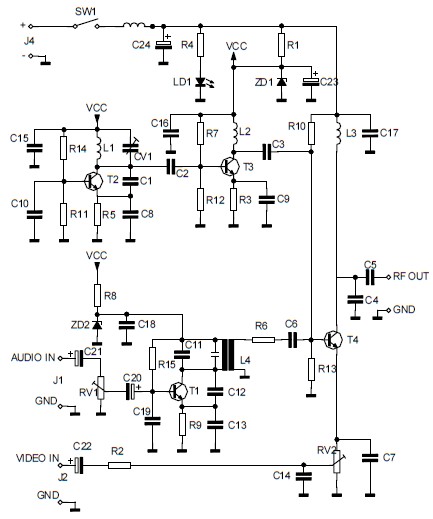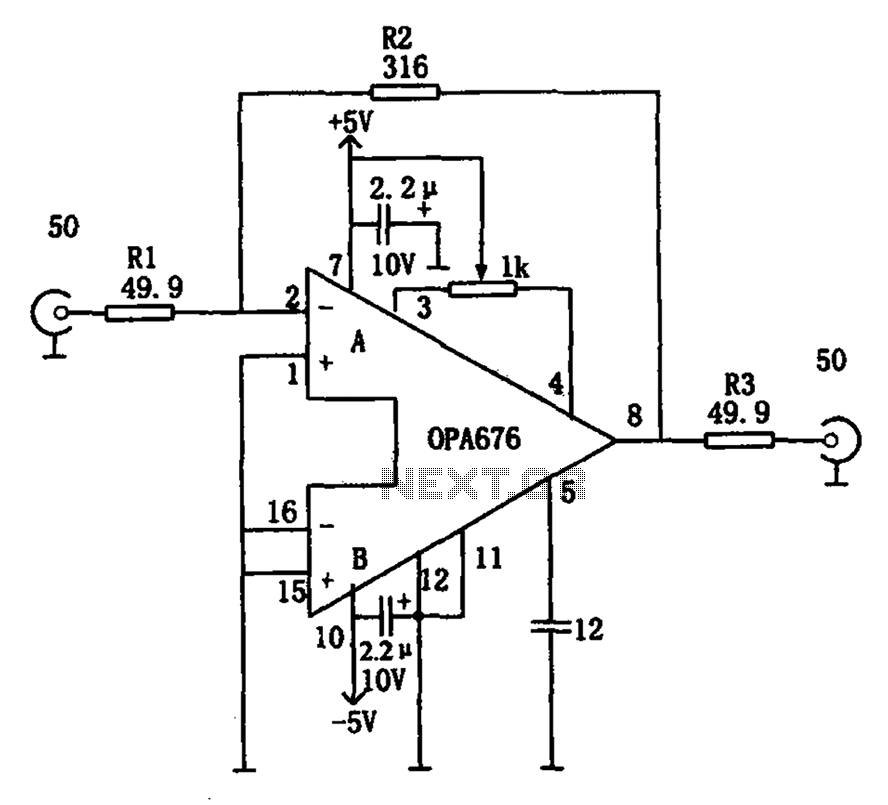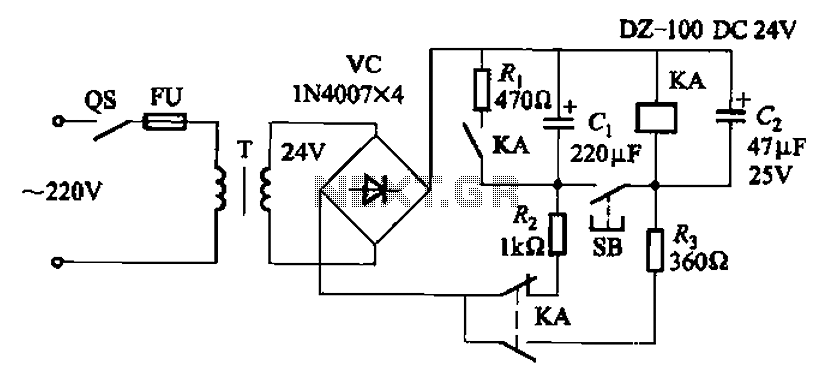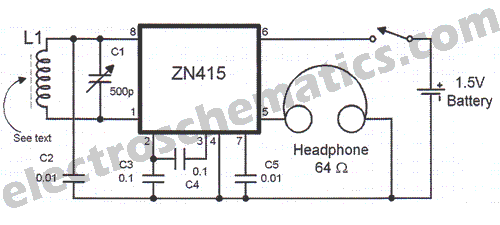
Chosen Circuit
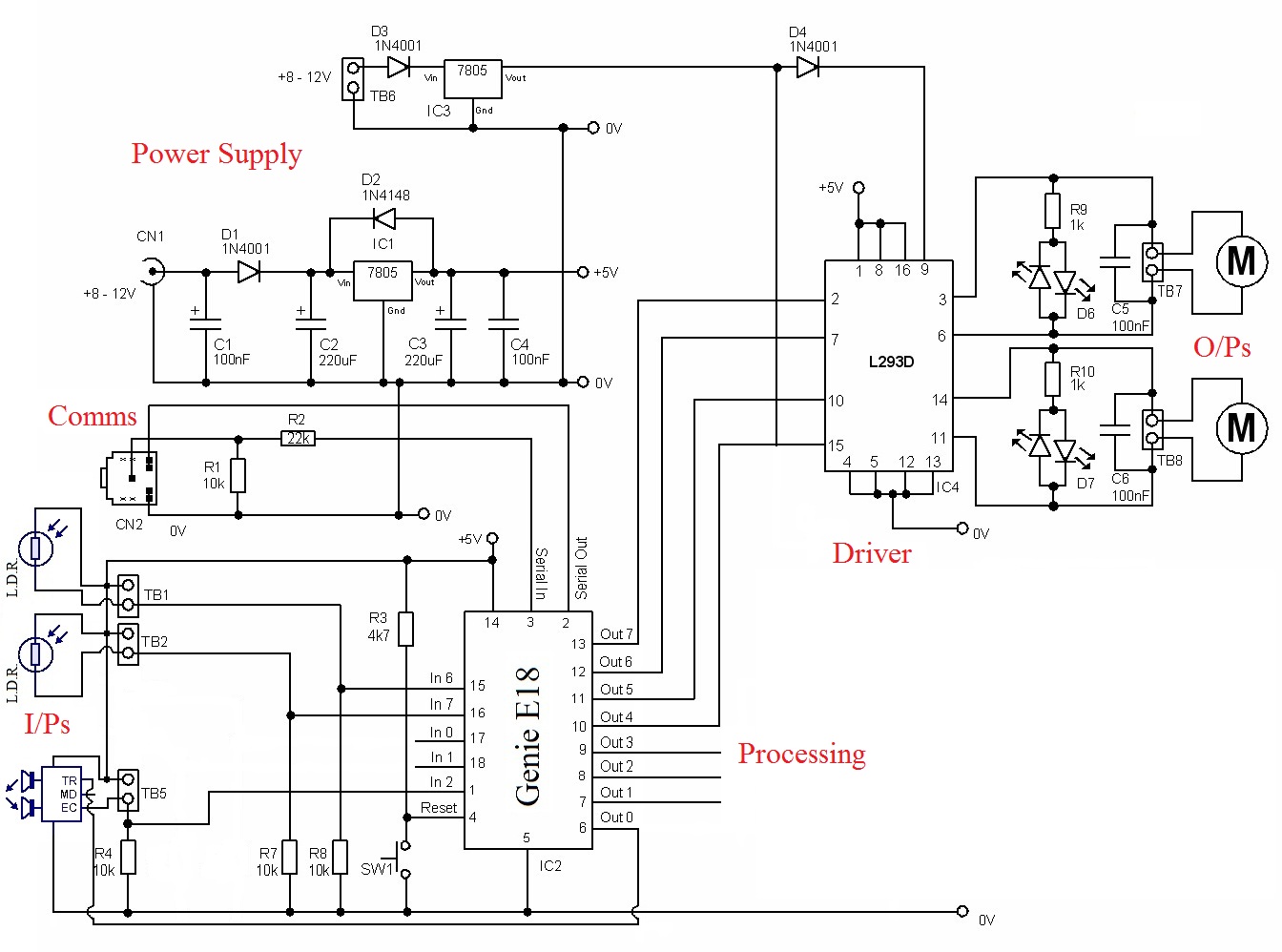
The circuit requires a power source to function. The PIC needs a 5-volt supply, while the driver demands a higher voltage to operate the motors. Inputs: The inputs come from three sensors. Two of these sensors are Light Dependent Resistors (LDRs) designed to detect the edge of the arena. The third sensor is an ultrasonic sensor.
The circuit design incorporates a microcontroller, specifically a PIC (Peripheral Interface Controller), which operates at a nominal voltage of 5 volts. This microcontroller serves as the central processing unit, interfacing with various sensors and controlling motor operations. The higher voltage required for the motor driver is typically in the range of 12 to 24 volts, depending on the specifications of the motors used in the application.
The input stage of the circuit consists of three sensors. The two LDRs are strategically positioned to monitor ambient light levels and detect the boundaries of the arena. When the LDRs sense a significant change in light intensity, indicating the presence of an edge, they provide a signal to the PIC, allowing it to take appropriate action, such as stopping or redirecting the motors.
The third sensor, the ultrasonic sensor, operates by emitting high-frequency sound waves and measuring the time it takes for the echoes to return. This sensor is crucial for distance measurement and obstacle detection. It provides real-time feedback to the PIC, enabling the system to navigate effectively within the arena.
Power management is essential in this circuit. A voltage regulator may be used to ensure that the PIC receives a stable 5-volt supply, while a separate power supply circuit is necessary for the motor driver to handle the higher voltage requirements. Additionally, proper decoupling capacitors should be placed near the power pins of the microcontroller and driver to filter out any noise and ensure stable operation.
In summary, this circuit integrates a PIC microcontroller with LDR and ultrasonic sensors for effective edge detection and obstacle avoidance, powered by a dual-voltage system to meet the operational requirements of both the microcontroller and the motor driver.The circuit requires a power source to work. The PIC requires a 5volt supply and the driver requires a larger voltage to operate the motors. Inputs: The inputs are from three sensors. Two sensors are L.D.R`s. These two sensors are to detect the edge of the arena. The third sensor is an Ultrasonic. 🔗 External reference
The circuit design incorporates a microcontroller, specifically a PIC (Peripheral Interface Controller), which operates at a nominal voltage of 5 volts. This microcontroller serves as the central processing unit, interfacing with various sensors and controlling motor operations. The higher voltage required for the motor driver is typically in the range of 12 to 24 volts, depending on the specifications of the motors used in the application.
The input stage of the circuit consists of three sensors. The two LDRs are strategically positioned to monitor ambient light levels and detect the boundaries of the arena. When the LDRs sense a significant change in light intensity, indicating the presence of an edge, they provide a signal to the PIC, allowing it to take appropriate action, such as stopping or redirecting the motors.
The third sensor, the ultrasonic sensor, operates by emitting high-frequency sound waves and measuring the time it takes for the echoes to return. This sensor is crucial for distance measurement and obstacle detection. It provides real-time feedback to the PIC, enabling the system to navigate effectively within the arena.
Power management is essential in this circuit. A voltage regulator may be used to ensure that the PIC receives a stable 5-volt supply, while a separate power supply circuit is necessary for the motor driver to handle the higher voltage requirements. Additionally, proper decoupling capacitors should be placed near the power pins of the microcontroller and driver to filter out any noise and ensure stable operation.
In summary, this circuit integrates a PIC microcontroller with LDR and ultrasonic sensors for effective edge detection and obstacle avoidance, powered by a dual-voltage system to meet the operational requirements of both the microcontroller and the motor driver.The circuit requires a power source to work. The PIC requires a 5volt supply and the driver requires a larger voltage to operate the motors. Inputs: The inputs are from three sensors. Two sensors are L.D.R`s. These two sensors are to detect the edge of the arena. The third sensor is an Ultrasonic. 🔗 External reference
